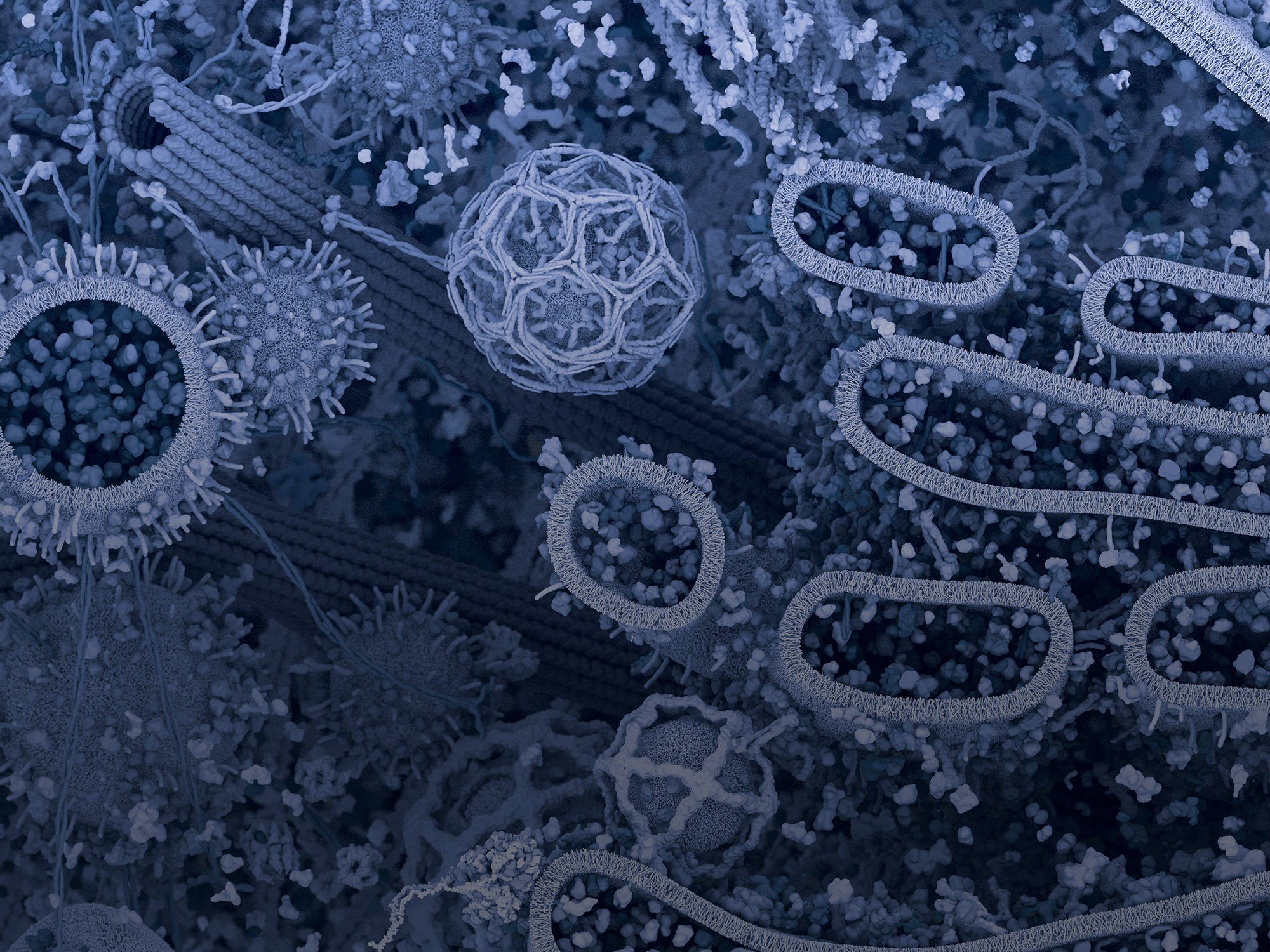
As a development scientist at CST, people sometimes ask me what exactly it is that I do. “I make antibodies,” is my typical reply, but that is not exactly true.
The most challenging part of my job is to determine whether the antibodies we release for sale detect what they are supposed to detect (sensitivity), and nothing else (specificity). For most targets, I start with western blot using the following techniques.
Overexpressed Protein
We start with multiple antibodies for each project. The main purpose of testing these antibodies on overexpressed protein is to rule out antibodies that do not detect the intended target at all. This rarely happens when protein is expressed at unnaturally high levels, but the degree of signal can also provide some information about the relative strength of the antibodies.
While overexpression systems are often used in research, validation using this type of system isn’t enough. Researchers need clean, strong, specific antibodies to study proteins in a natural environment, amongst a largely undefined mixture of proteins in a cell lysate, on the surfaces of living cells, or in fixed cells and tissues.
Endogenous Systems
We call it endogenous expression if we can detect a protein in cells/cell lines either without treating them at all, or by treating them in a biologically relevant way.
Why not just run a few common cell line extracts on a western blot and look for a band of the expected size? It’s surprising how often an antibody cross-reacts with a protein close to the same apparent molecular weight as the intended target, so we have to take steps to avoid choosing the wrong antibody.
An easy one: Some proteins are known to be expressed in certain cell lines, and not in others. p53 is a great example of this. We can test cell lines shown to constitutively express p53, to be null for p53, or to require induction of p53 expression.
Most proteins are not so easy, meaning there are no cell lines clearly shown to be positive or negative. In these cases, we search literature for studies comparing protein expression in cell lines or tissue types, or showing induction of expression with chemicals that stimulate processes such as DNA damage or apoptosis. We also rely on public databases that show us relative gene expression. These databases quantify relative abundance of mRNA, which may or may not correlate with relative abundance of the translated protein. We use all of these techniques together to provide the most convincing evidence that an antibody recognizes/does not recognize its intended target.
We compare the results from the transfected protein study with those of the endogenous protein study. The strongest antibodies on transfected protein should be the strongest in the endogenous system.
Knockout
When we know which cell lines express our target, we can then use a knockout. Unfortunately, we can’t always use a knockout system. For example, many proteins are required for cell viability or proliferation, so the knockouts don’t survive the process. Further, some cell lines cannot be transfected efficiently with knockout reagents, so if our target is expressed exclusively in “hard to transfect” cell lines, we may not be able to use a knockout tool for antibody validation.
This is why you will likely only see a small percentage of antibodies that are validated by knockout, but a knockout is a powerful tool when it’s available.
Many Antibodies Fail
Throughout this rigorous validation process, we fail more antibodies than we release. Sometimes we have to start over. It’s important that those that fail on our hands never make it to our customers’ hands, to a research publication, poster, or talk.


